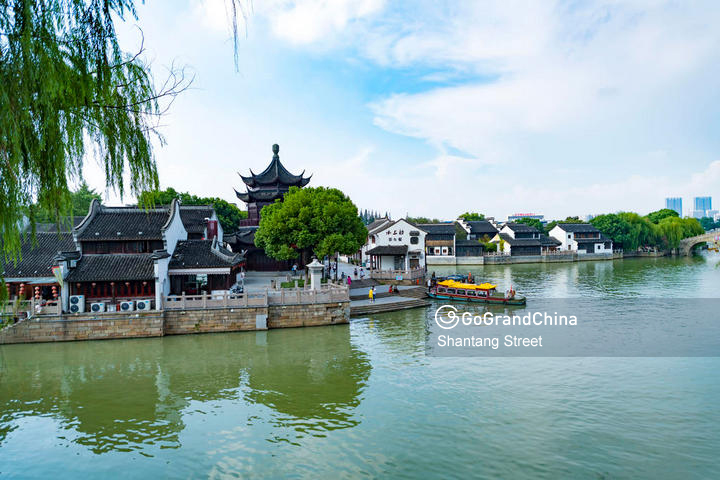You have no items in your shopping cart.
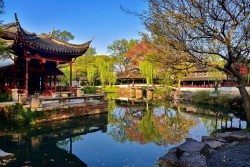

You can’t go to Suzhou and not see these 5 must see Suzhou attractions
When Marco Polo first visited Suzhou in 1276, he was impressed by the city's rich culture, elegant canals, small waterways and playful stone bridges. He called it "the Venice of the East." Not just Marco Polo, Chinese people are impressed by its beauty as well. As the Chinese saying goes, "above there is heaven, below there are Suzhou and Hangzhou." If you’re planning a trip to Suzhou, no matter the length, there are some sights you just need to see. To help you plan your trip to Suzhou, we’ve created a list of the 5 must see Suzhou attractions for your reference. Use this as a checklist if you want to make the most out of your Suzhou trip.
Here are 5 stunning Suzhou tourist attractions you have to visit when you are in the city!
1. Humble Administrator's Garden
As one of four great Chinese gardens, the Humble Administrator's Garden is the largest garden in Suzhou and generally regarded as the finest garden in the southern China. Along with other classical gardens of Suzhou City, the Humble Administrator's Garden was proclaimed a UNESCO World Heritage Site in 1997. This garden was founded in 1513 by Wang Xiancheng, a former Imperial official and poet who built the garden to show off his good taste and skills at garden-building. The garden took 16 years to complete, and quickly became famous in China thanks to local poets and artists painting and writing about it. It features pavilions, towers and bridges, all carefully laid out among pools, lakes, rivers and islands. Get more about the Humble Administrator's Garden.
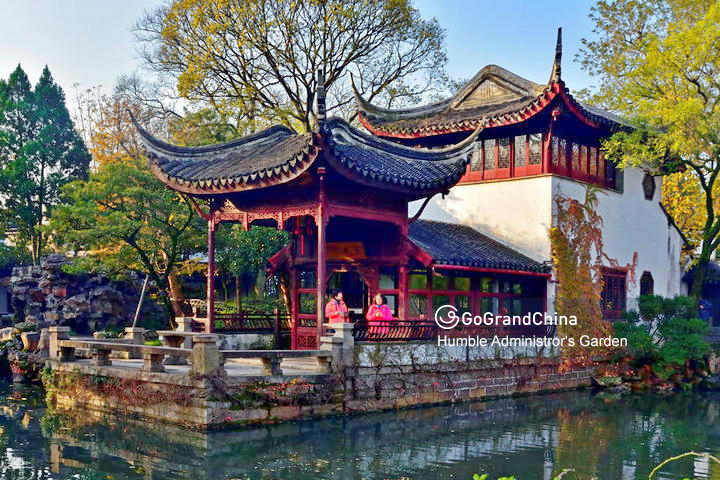
2. Panmen Gate
Panmen Gate is the original entrance to Suzhou and is said to boast a history spanning 2,400 years. It was the only gate in the ancient time to be equipped with both a water entrance and a higher land entrance. The present gate structure was rebuilt in 1986, but the original structure could be traced back to the Yuan dynasty during the peak of the Mongol empire. The Panmen Gate is part of a larger scenic area that houses two other main attractions. Wumen Bridge was the highest bridge in Suzhou, and was the central passageway leading to the land entrance. Ruiguang Pagoda was the ancient city’s first such structure, and its present form has been reconstructed from bricks supported by wooden platforms. Get more about Panmen Gate.
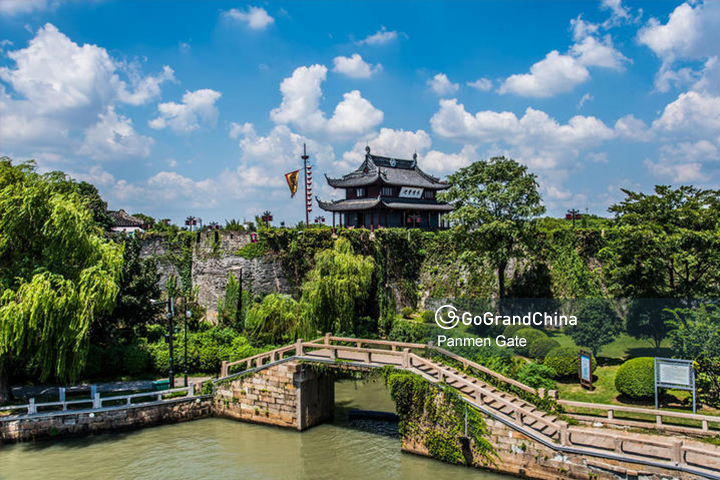
3. Tiger Hill
Included in the list of the UNESCO World Heritage Sites, Tiger Hill is known for its natural environment and historic sites. The hill is so named because it is said to look like a crouching tiger. Another legend states that a white tiger appeared on the hill to guard it following the burial of King Wu Helu. The hill is sometimes referred to in parallel with "Lion Mountain", another hill near Suzhou which clearly resembles a sitting lion. It has an elevation of over 30 m. and covers about 49.41ac. Tiger Hill boasts impressive rocks, deep dales, three matchless scenes, nine suitable occasions for enjoyment, 18 scenic spots, and changing scenery at all times. Get more about the Tiger Hill.
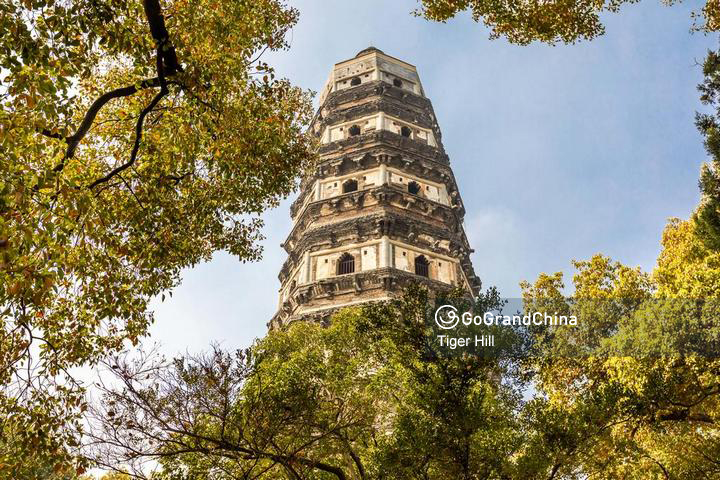
4. Suzhou Museum
Suzhou Museum was designed by Pritzker Prize-winning Chinese-American architect Mr. Ieoh Ming Pei, a Suzhou native. Suzhou Museum is said to be the last design of Mr. Ieoh Ming Pei in his career. Covering a span of over 10,700 square meters, the museum complex is situated right in the city's historic district alongside the Humble Administrator's Garden. The museum has a display area of 2,200 square meters. It has more than 15,000 pieces in its collections. Most are ancient paintings and calligraphy, ceramics, crafts, unearthed relics and revolution relics. It also possesses more than 70,000 books and documents, and over 20,000 rubbings of stone inscriptions. The collection of paintings and calligraphy includes works of masters from Song Dynasty to Ming and Qing dynasties. Get more about Suzhou Museum.
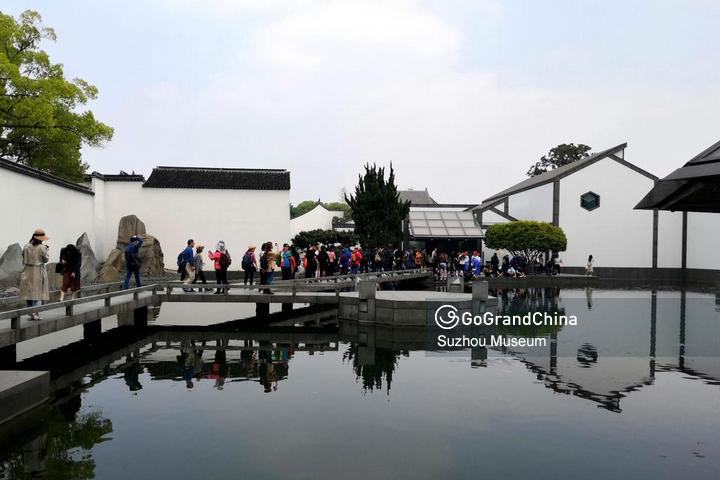
5. Shantang Street
Shantang Street is a famous old pedestrian street in Suzhou. The local Chinese call this street, “Seven-Li Shantang”, whereby seven-li is the measure of distance in old China. Seven-Li is approximately 3.5km. The street connects Changmen in the east with Tiger Hill in the west, with a total length of about 3,829.6 meters (2.38 miles). It was added to the list of China's "National Historic and Cultural Streets" in 2015. Construction of the Shantang Canal started in 825 AD, during the Tang Dynasty by Bai Juyi, a poet and the governor of Suzhou, to provide a link between Tiger Hill and the city. The sludge dug out from the construction formed a dam along the north bank of the canal known as Baigong Dam in honor of Bai Juyi. A street was built on dam, which later became the modern-day Shantang Street. The current street can be sectioned into two parts by the Bantang Bridge. The east part is where you can find the shops and traditional houses, on the west is where you can find natural landscape up to Tiger Hill.
